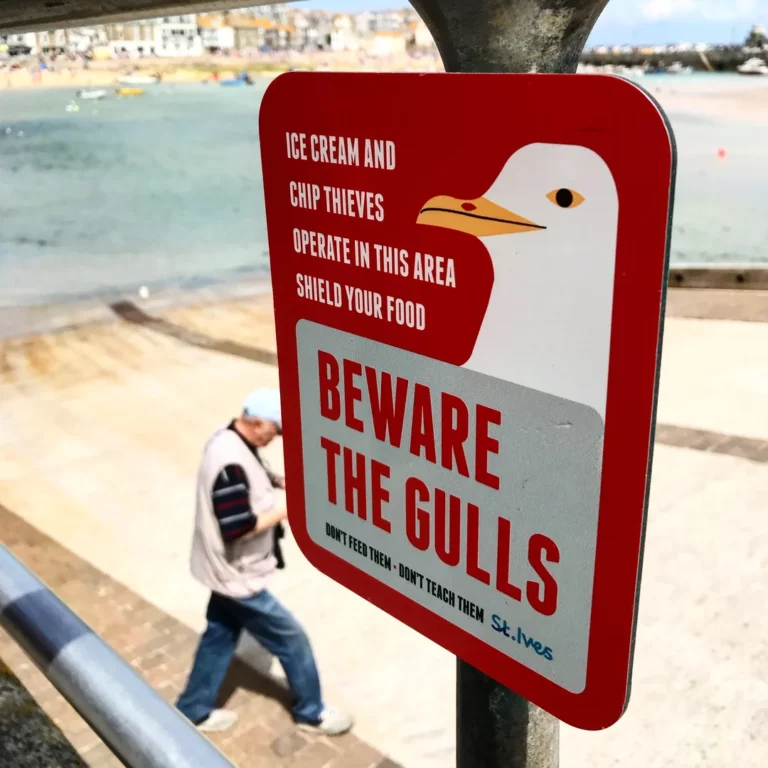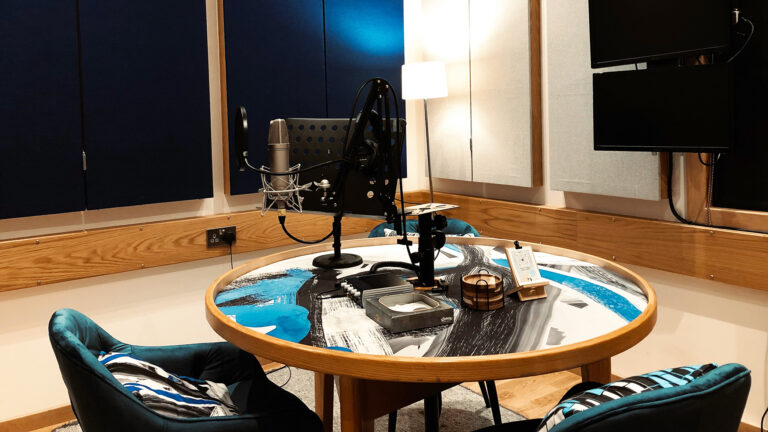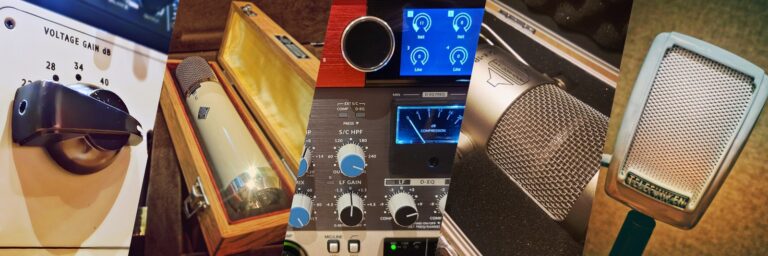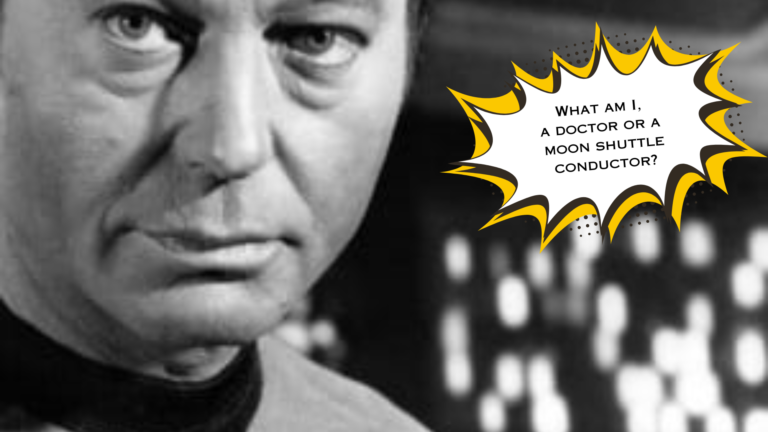We collaborate with restless filmmakers and brands to help them imagine the unimagined through music and sound.
We’ve been doing it a while. And we know that to create a film, a TV commercial or a piece of digital content takes a lot of moving parts and a whole truckload of planning.
Once creative have locked in their idea, the team is assembled: producer, writers, director, talent, DOP, editor, VFX. It’s all mapped out down to a tee (in theory.) Pre-production leaves no stone unturned in preparation for the shoot. They’re ready to hit the ground running after weeks or even months of development.
So far, so textbook.
But – when it comes to sound design and music, all too often the book gets thrown out. In our experience everyone agrees on how important music and sound are to bring the piece alive. But all too often these vital elements get relegated to the very end of the process.
(One of our senior producers remains traumatized by walking into an edit suite in the pre-Spotify days an hour before the first client presentation. Over 200 CDs were strewn across the floor as ideas were thrown – literally – against the wall….)
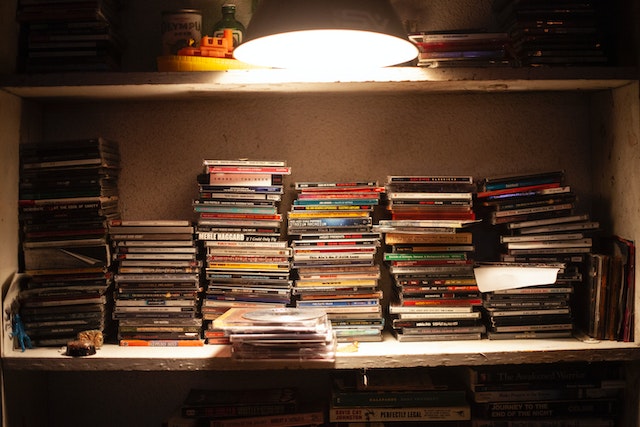
Sound familiar?
Frequently the audio partner is sent an edit and given a 48-hour sprint to the finish line pressured by a looming airdate or presentation. Inevitably, this process leads to one outcome: an unimaginative, least surprising, OK-ish soundtrack that leaves everyone on the team wanting more.
What’s wrong with the last-minute dash to create a soundtrack?
Let’s have it right. We love our late-night coffee and have no qualms working while everyone else is asleep. But coming from a place of some experience, in our humble opinion this process for working with audio partners just isn’t the way to get the best results.
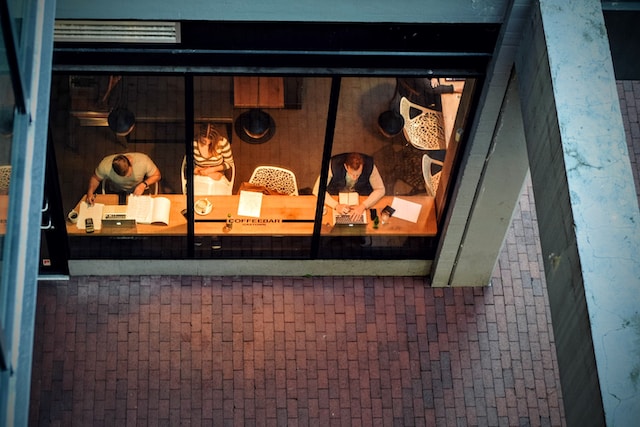
Whilst the visual artists assembled at the start of the project are given clear project guidelines and schedules, audio partners are usually just sent an edit and given a few days to pitch competitively based on a 2-paragraph written brief and (hopefully, but not always) a single 20-minute call with the team.
The work is submitted with a looming deadline and the creative team have a few hours to sift through a bunch of ideas to see which, if any, land closest to the brief. Some of them may work and some won’t.
We said we’ve been doing this a while. Here are some common responses we’ve heard:
“Once we’d listened to them we realized the brief was wrong.”
“These routes all sound a little bit too ‘expected’.”
“These won’t work for the client.”
“These are not what I was hearing in my head.”
“‘I don’t ‘speak music’, so I can’t describe why these aren’t working for me.”
Next steps?
The inevitable urgent rebrief and a scramble to turn around new ideas in 24-48 hours max. Sometimes this approach cracks it. (Or at least, people agree to proceed with a route that scares the fewest horses.) But more often than not it leaves everyone a little dissatisfied.
Why?
Even if the composers totally got the revised brief, by leaving the rebriefing to 11:58pm there’s a risk that not everyone’s voice has been heard. Did the revised brief really capture the emotional core of the piece?
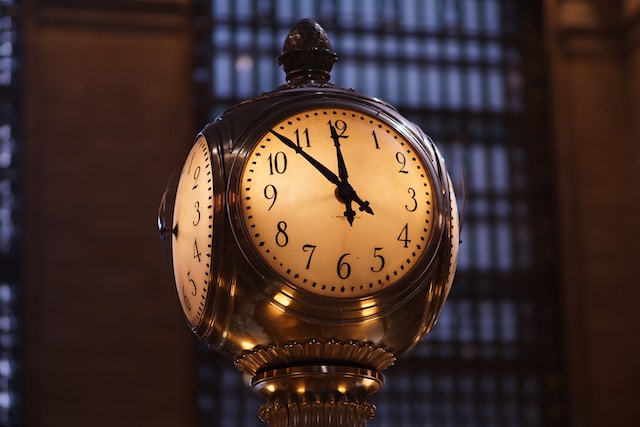
Or did the client end up with a generic, upbeat and positive sound that sounds like Coldplay (again)….?
We believe the best creators want their work to stand out, to be talked about, to be unexpected.
This requires a willingness to take risks, experiment and go deeper into creative rabbit holes – to imagine the unimagined. And while some brilliant creative ideas strike like lightning in just a few hours, in our experience, it’s more likely to happen with more time.
Describing your film soundtrack at the start of the project can feel as abstract as talking about ‘koalas up trees cradling galaxies’.
By starting the process earlier, all stakeholders have enough time to join the composers on a more courageous and risk-taking journey to get the best soundtrack possible. That means more time for every stakeholder to be heard; to state their intent; and to understand, spend time with, and ultimately champion unique and unimagined music and sound design solutions.
A brave new world: invite your audio partner to the table at the start
What if your audio partner was onboarded when the rest of the team was assembled in pre-production? Here’s our process for getting the best track for your film:
- First up: we simply listen – we won’t ask for a written brief. Instead, we’ll listen to you tell us how you want the soundtrack to make you feel. We’ll talk about emotions, moods, memories and vision. We want you to free yourself from feeling boxed in by musical jargon. “I want it to feel like a summer holiday I had when I was 6” works so much better than “I’m hearing techno hats at 135 bpm….”

You help us with the what and why. Let us worry about the how.
- We make sure everyone is heard – It’s vital that everyone in the team that has a say over the final piece has a voice from the start. This means that every stakeholder is brought along on the sonic journey, feeling ownership and the authority to champion unique and unimagined ideas.
- We decode your ideas – We’ll meticulously unpack what you want your film to sound like. We call this stage decoding.
We ‘go slow to go fast’. We might send you some useful references to get a sense of mood, sound and style – custom playlists, clips from other media, examples of sound palettes. Once we understand your needs and aspirations, we’re ready to start making noise.
- We explore and experiment – Thanks to the time we’ve spent on the decoding stage, we can now make noise faster and more efficiently. We experiment, build instruments and create custom sounds that are totally unique. No presets, just original sound that is ownable by you.
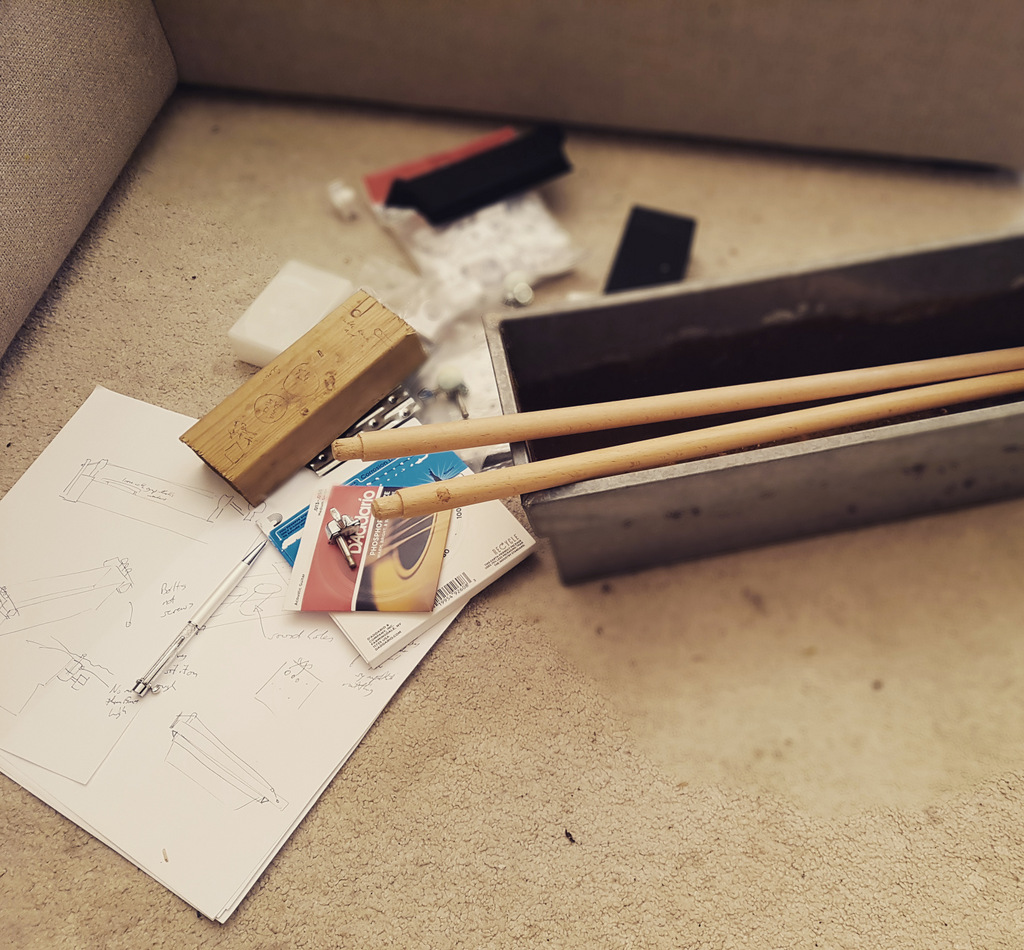
- We give you time to really listen – as we create and develop sounds we want you to really experience what we’ve made and understand the risks we’ve taken. Come to the studio, look at the instruments we’ve built. Ask us questions.
We want you to fully understand the approach rather than just get a bunch of MP3s in your inbox. Once you feel more ownership over the work, getting wider stakeholder buy-in is so much easier.
- We welcome your thoughts – what if it’s not right the first time? That’s all part of the process. Maybe we need to tune the upright piano to a different scale. Or play the mandolin with a chisel.
We’ve got the time to rule it out collaboratively and then go again.
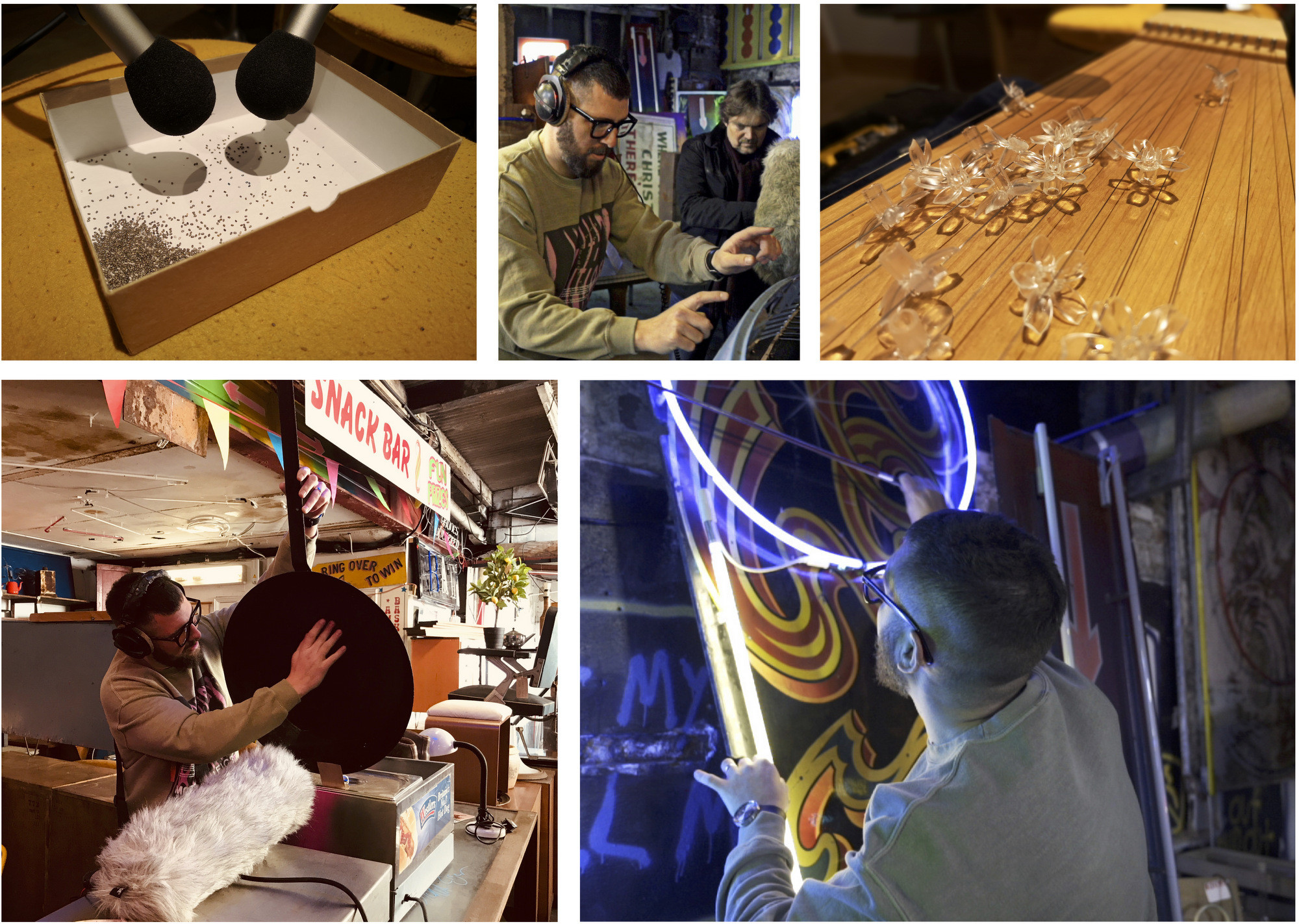
- We arrive at a unique and anti-obvious soundtrack.
The end result? We’ve created something that’s surprising, unexpected and pushing everyone out of their comfort zone.
Together, we’ve imagined the unimagined.
Sounds good (literally). But does this process work in practice?
Before sitting down to write this article, we looked at all the jobs we’ve worked on in the last two years. In every case where we as audio partners got involved early in the process, with time to decode and define the brief, explore and experiment ideas, and collaboratively develop the solution, these were the results:
- We ended up with an unexpected audio route as a united team that surpassed expectations.
- We received glowing testimonials from all stakeholders. (Try this from a project last week: “your briefing process was totally unique. It felt like everyone on the team really got heard.”)
- The time taken from first conversation to airdate was no longer than the scrambled 2 day brief that ended up in weeks of rework.
So be bold.
Embrace this brave new world.
Let’s make more time to unite as a team.
To express your voice in the production process.
To collaborate and explore.
To take risks and stand out.
Get your audio partners in at the start of the project.
(It doesn’t even have to be us – but lovely if it is!).
